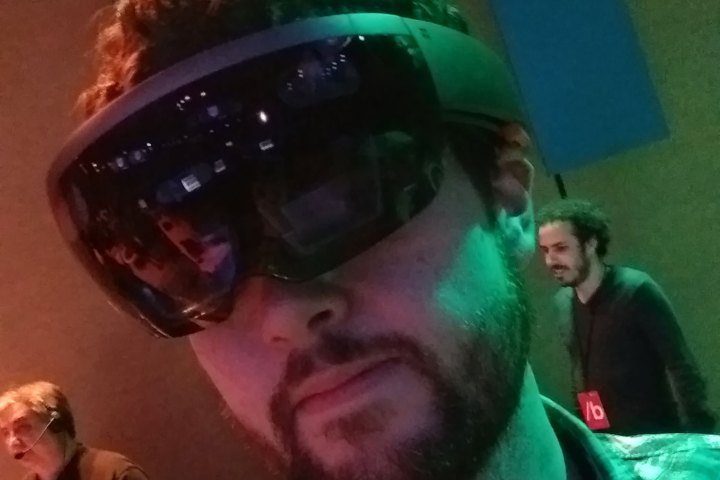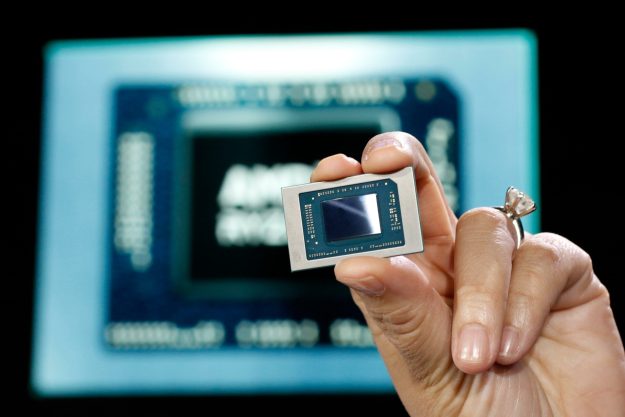
But do not expect these types of holograms to appear anytime soon. Remember, the HoloLens headset itself is $3,000 for developers and $5,000 for businesses. In addition to the software, the hardware components are not cheap, either. Even more, the technology is essentially in its infant state, so even those expensive components cannot generate the level of reality in a headset that we see in the movies.
“We (and other companies) have prototypes in our labs capable of projecting objects in three dimensions that you can see without a headset,” Microsoft’s Chief Envisioning Officer Dave Coplin said. “It’s hard, and it’s expensive, and the resolution isn’t great, but it’s just the beginning of that journey.”
His comments arrive in an interview conducted by Vodafone regarding the HoloLens. If you are not familiar with it, the device fits on your head like a huge set of sunglasses, though it is not meant to block out the sun. Instead, it generates holographic images in your field of view, mixing virtual with reality. This is called mixed reality or augmented reality, a path Google started taking about with its controversial Glass project a while back.
Right now, there is no consumer version in the works, or at least that is what Microsoft has indicated. Again, this market is in its infant stage, so developers and companies are trying new things, creating new applications, and making current ones easier to perform than before. For instance, NASA scientists can now walk on Mars without leaving their office while Israel is using the device to train its in-field soldiers.
“We’ll have interesting augmented reality coming through that you can use on anything from Google Cardboard to Oculus Rift, or in the next Xbox (Project Scorpio) — which will have AR and VR capabilities — but for now the reality of holograms is that they have very niche use cases,” Coplin added.
One day a mature augmented reality market will be ready for the masses. Coplin imagines a world where customers enter a supermarket and see recipes generated around a physical product. That would be one of the baby steps: generating a hologram at a consumer’s immediate location. However, the wide-spread use of augmented reality is a long way off, so do not expect to make holographic calls with long-distance relatives in your kitchen any time soon.
But do not worry: the technology is heading in that direction. Consider the smartphone. Load up an old episode of The X-Files and you will see these boring, basic devices with little screens, numbered buttons, and a long antenna. Now these phones are ‘smart,’ allowing users to troll Facebook from anywhere, make video calls to people around the globe, take incredible photos, get driving directions, ask it questions, and even play augmented reality-based games.
“One of the things I’ve loved this summer has been playing Pokémon Go,” Coplin said. “Not just because it’s fun, but because it’s actually driven an important conversation about augmented reality in everyday life. It’s not just technology geeks playing the game, it’s you, me and the person seated next to you.”
To read the full interview, head over to Vodafone here.
Editors' Recommendations
- Microsoft unveils Mesh, and with James Cameron, dives into mixed reality
- Microsoft makes tweaks to Xbox Live and Teams to handle spike in demand
- Microsoft patents a virtual reality floor mat that could be paired with an Xbox


